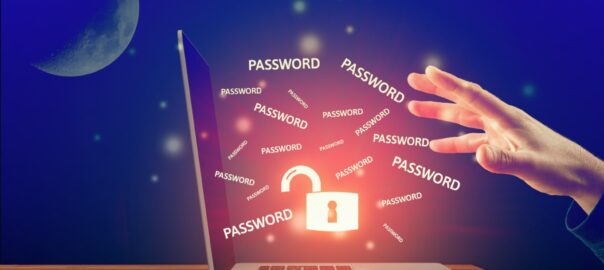In our previous blog, we began talking about the digital assets of a business—what they are, why they are vital to the business, and how to protect them. We have also mentioned how important it is to protect them even after you, the business owner, have passed away, through effective digital estate planning.
A digital estate plan will give authorized people access to business accounts, and all other restricted aspects of the business when you are no longer around or have become incapacitated. But how does one create an effective digital estate plan? It’s not something that you do every day. What are the things to include? How can you guarantee that the business you have worked so hard to build can go on properly? Here are the important steps that you need to take.
Take an Inventory of All Your Digital Assets
First, you need to create a list of all the digital assets of your business, which might encompass a wider range than you think. These are all the digital files that have value for your business, from photos and videos of your products to transaction records and everything in between. It also includes all accounts you maintain for your business. Taking inventory of your assets is an effective digital estate plan.
Decide How to Manage Your Digital Assets
For each item you have listed, you must specify how to proceed with it after you pass. Who will have access? What should be done with them? How do you want them managed? It is important to be clear and concise in leaving these instructions because they will be followed when you are no longer around to make clarifications.
In selecting your designated backup person, the one who will have control over the digital assets of your business when you cannot do so, pick one who is both capable and trustworthy. In addition, they should also be well-versed in the operations of your business.
Keep an Updated List of Passwords for an Effective Digital Estate Planning
Practically everything now is online and requires a login name and password. It is crucial to keep all of this login information in a place that is not only completely safe but also accessible to authorized entities when the time comes.
A great way to store your passwords as an effective digital estate plan is by using a password manager. Here, you can safely store any online credentials. It also conveniently allows any authorized entity to access the login information. With a password manager, you can also easily update the saved passwords whenever you change them.
Strengthen Your Digital Security
When a business owner passes away, there will be quite a few entities with a vested interest in the business. This people will try to get their hands on it. They might think that since the owner has died, no one would watch the gates, and getting in would be easier. This would not be true if you increased your data security as early as now.
Multi-factor authentication is one of the most popular methods people are using today as a login procedure. This is because it can add a robust layer of security to any account. Besides traditional passwords, you should also activate the use of one-time passcodes. This is to ensure that only authorized individuals will gain access to your digital assets.
Final Thoughts for an Effective Digital Estate Planning
Preparing in the event of death is no different with a company’s digital estate. To help you prepare for the inevitable, we have created a Digital Estate Planning Checklist and Password Cheat Sheet that you can download for free.
This guide contains a lot of useful information that you would need to organize a complete digital estate plan. This is one of many things you can do to protect your digital assets. If you have questions or need further assistance, our team is just a call away!



